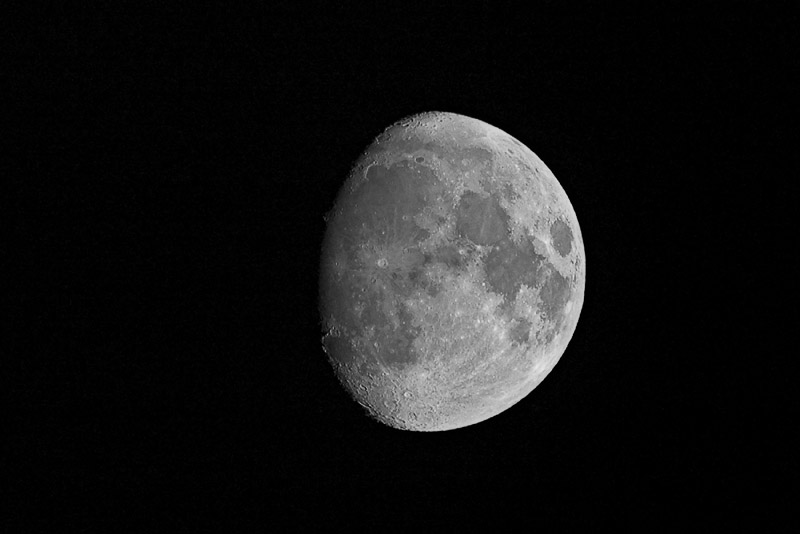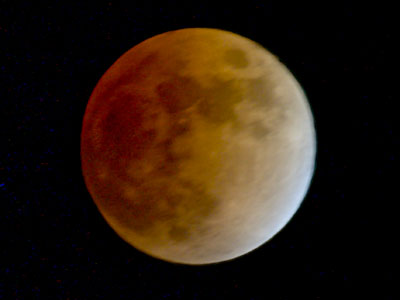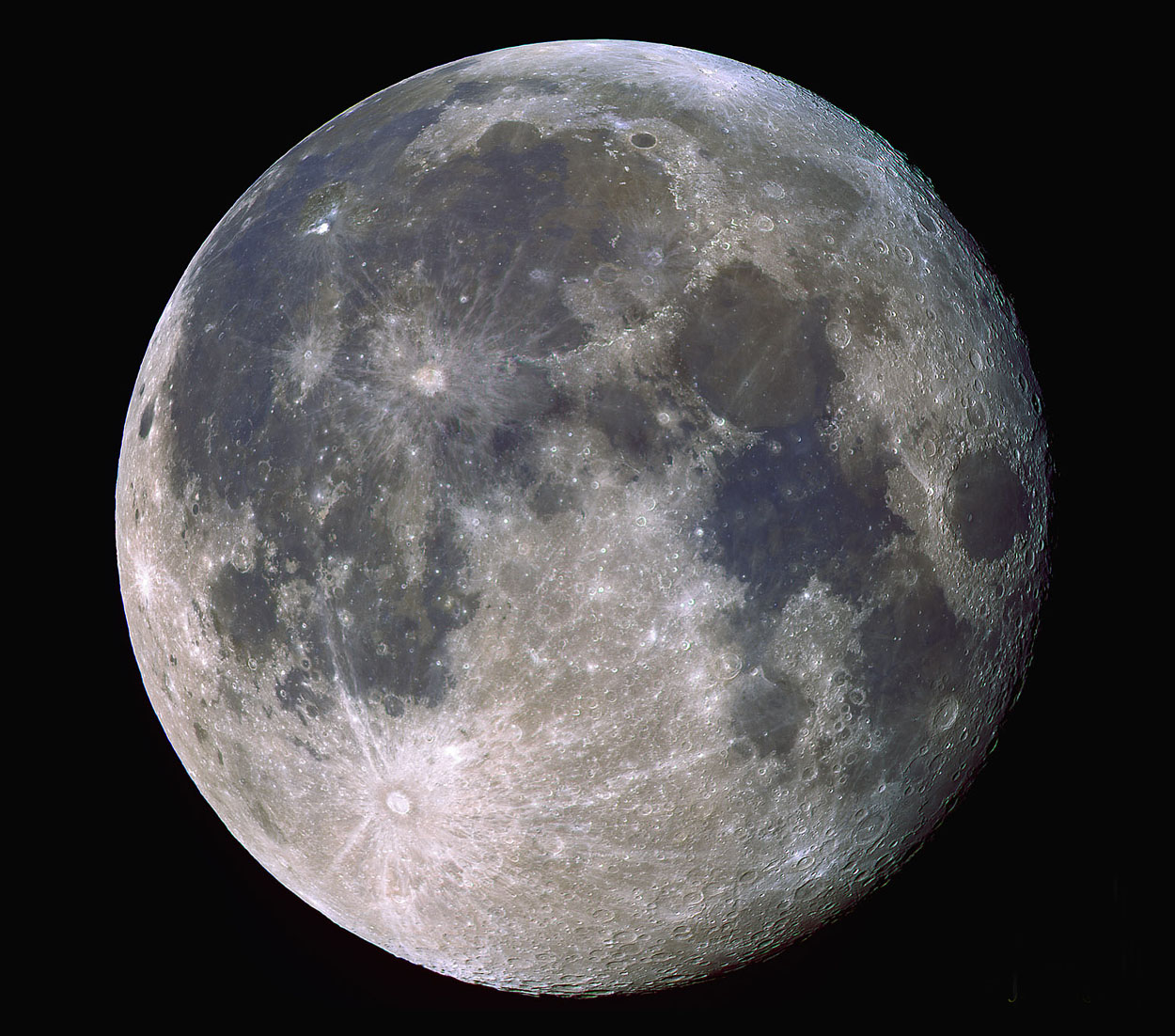
Next, I showed the moon in eclipse. I really had problems getting a decent shot because I had a world class brain-fart and left the shutter speed too long. Thus, my exposures were ok, but the moon was blurred by movement through the sky (yes, I forgot that the moon moved :-) ...
Incidentally, this was the last series of images I shot before trading my D2Hs in on the D300. It's a little sad that it simply stunk ... but at least I can prove that I was there and saw the total eclipse of 2008.

More recently, people have been posting moon images taken by the Fujifilm S100fs, which is a bridge cam with 11mp and decent high ISO. A pretty nice camera for certain kinds of images. Tony Wong has a gallery on pbase full of images like this. These are pretty detailed for bridge cam images with add on teleconverters. In fact, he has several galleries with some of the best images yet posted from that camera.
Now to the real point of this article. If you want to see a moon shot that will blow your mind with spectacular detail and colour, look no further than this image shot by Michael A. Stecker using a research grade 11mp CCD called the SBIG STL-11000M on a Cassegrain telescope. This image can be seen here.
I will link to this image for your convenience. Click on it to see it in all its glory. Does that blow your mind or what?

No comments:
Post a Comment